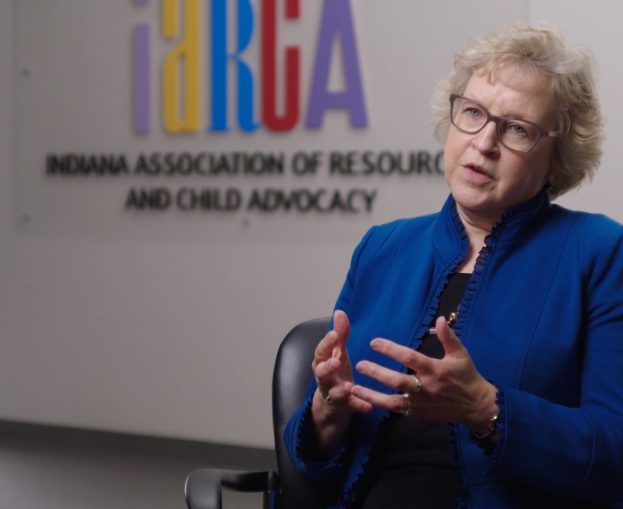As the director of ABA Services, Kristin McCoy leads assessment and treatment for children with autism through Applied Behavior Analysis. Kristin has been instrumental in helping shape Damar’s autism services. She holds a bachelor’s degree from DePauw University and a master’s degree from Nova Southeastern University, as well as her Board Certified Behavior Analyst (BCBA) distinction.
What Makes ABA Different?
3 minute read
For most families, the achievement of a milestone such as a child making his own bed, putting on her own shirt or tying his shoes is exciting, but often taken for granted. For the families with whom I work, however, these types of milestones are often unimaginable. When we first meet, they are simply looking for ways to keep their child safe, and have a hard time viewing some of these basic skills as potentials for their child.
With ABA Therapy, we help children reach this milestones by breaking them down into steps, and then putting those small steps together into bigger achievements, which then combine into major developmental progress. First, for example, we work to teach the child to simply sit at a table, then to hold a spoon, then to take a bite with a spoon and so on, with each successful step being celebrated and acknowledged as a victory–reinforced. With repetition and practice, each of those little victories come together and a child who used to run around during a meal is now at the dinner table feeding himself or herself.
It’s that process of breaking down major skills into achievable steps that sets ABA, or Applied Behavior Analysis, apart from other forms of therapy. But ABA is more than just that step-by-step process.
Where we find real success with ABA is in intensity and repetition, as it is provided one-on-one with a specialist for as much as 40 hours each week. This intense focus has been proven by scientific research to result in more rapid learning and lasting changes in a child’s behavior and skill development.
Underlying this incremental, intensive process is what’s known as behavior modification. While other therapies might focus on the feelings or emotions behind undesirable behaviors, ABA recognizes that autism is a developmental disability, not a mental illness, and therefore focuses on shaping preferred behaviors and reducing undesirable ones.
To help children succeed in the “real world” and not just in the clinic, this process centers on socially significant behaviors. We work to help our kids develop better communication and socialization skills, and to reduce disruptive behaviors, always with the input of their families and caregivers. With progress in these areas, these kids are better equipped to function in group settings, including their homes and school classrooms.
While those three areas of focus—breaking complex activities into small steps, intensive intervention and behavior modification—offer the foundation for virtually every ABA treatment, ABA therapy recognizes that every child is unique. As a result, each child’s therapy program is tailored to that child’s needs and the family’s goals. We work closely with each family to understand a child’s particular challenges and the family’s hopes, and then we build our therapy goals and objectives around them.
ABA is not a “cure” for autism, but it is a remarkably successful therapy. In fact, it is the one therapy that has been proven through research to be effective, and it’s been endorsed by a number of state and federal agencies, including the U.S. Surgeon General.
Those research results and high-level endorsements are big reasons why Damar has embraced ABA so completely, but they’re certainly not necessarily the biggest reasons. It’s really about the small successes that we get to celebrate every single day. The first time a child uses the bathroom. The first time a kid is able to go to dinner with his family. When a family shares that their child sat through a church service for the first time ever. That is why we do what we do.





